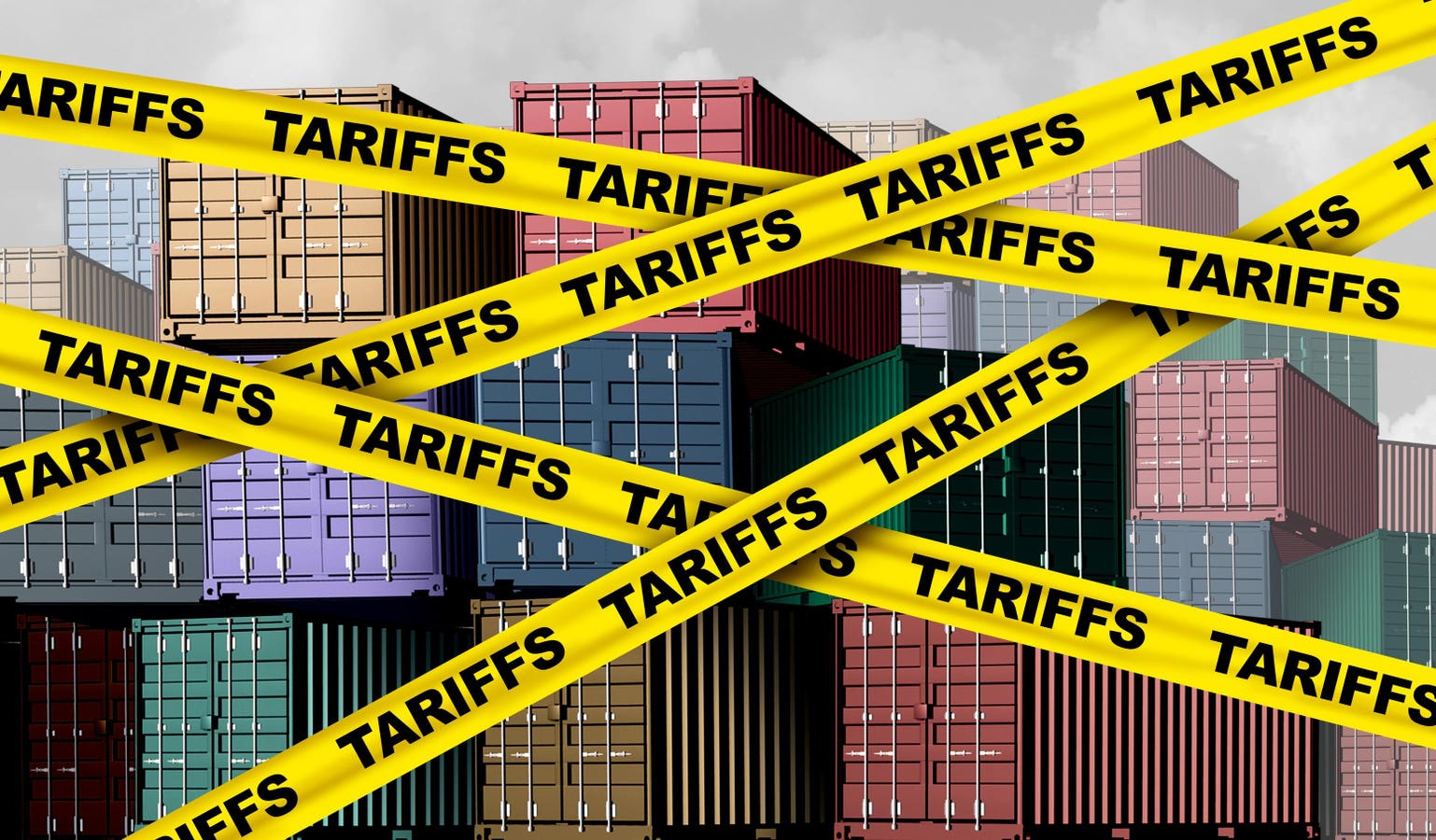Money
The Reality Of The New Tariff Policies

Understanding the Trump Administration’s Proposed Tariffs: A Comprehensive Overview
Introduction to the Trump Tariffs
The Trump administration’s proposed tariffs have sparked significant debate and uncertainty in the global trade landscape. While many details remain unclear—such as the specific countries, goods, and timelines affected—one proposal that has gained attention is the 25% tariff on steel products, set to take effect on March 12. This tariff, like others, functions essentially as a tax on U.S. importers, with the revenue going directly to the U.S. government. However, the broader implications of these tariffs, including how the revenue will be used and their impact on consumers and domestic industries, remain uncertain.
Tariffs are not the only taxes applied to imports. Duties, which are typically applied to specific goods during international trade negotiations, and local taxes like the value-added tax (VAT) also play a role. While duties aim to promote domestic production, tariffs are often implemented unilaterally by a country to discourage imports from specific nations. The U.S. does not have a VAT, but many other countries use it to generate revenue. President Trump has expressed frustration over what he perceives as unfair trade practices, including the application of foreign VATs, which he recently included in his grievances against trading partners.
The Case of Steel: A Detailed Analysis
The proposed 25% tariff on all steel products is a notable example of the administration’s approach. The U.S. produced 86 million tons of steel in 2024, operating at a 76% capacity utilization rate. This suggests that domestic producers could theoretically increase production by another 27 million tons before reaching full capacity. However, the U.S. still imported approximately 29 million tons of steel, highlighting the unrealistic expectation that domestic production alone can meet current demand.
Achieving steel self-sufficiency would require three critical conditions:
- Competitive Pricing: Domestic steel must be priced competitively against imported steel. Tariffs can help by making imports more expensive, but this comes at the expense of higher costs for U.S. consumers.
- Comprehensive Industrial Policy: Significant government support, similar to the CHIPS Act of 2022, which subsidized domestic semiconductor production, would be needed to expand steel manufacturing capacity. This could require investments of up to $100 billion or more over several years.
- Policy Stability: Long-term commitment to these policies is essential to justify costly investments in new steel plants. Companies are unlikely to commit to large-scale infrastructure projects without assurances that government support will endure beyond the current administration.
Constructing a new steel mill capable of producing 1 million tons annually takes two to four years and costs between $1 billion and $4 billion. While tariffs can be implemented quickly, a long-term industrial policy akin to China’s five-year plans would require significant deliberation, consensus, and commitment—qualities that have been absent in recent U.S. policymaking.
The Need for a Long-Term Strategy
The Trump administration’s approach to tariffs appears more retaliatory than strategic. President Trump has accused longtime trading partners of unfair practices, and the inclusion of foreign VATs in his grievances suggests a broader dissatisfaction with the current trade landscape. However, the lack of a clear, long-term strategy raises questions about the effectiveness of these tariffs in achieving their stated goals.
The administration’s revision of the CHIPS Act just weeks after taking office underscores the challenges of long-term planning. This precedent casts doubt on the ability of the private sector to invest in projects that require years of policy stability. The unpredictability of tariff policy further complicates the situation, with initial declarations followed by postponements and carve-outs for certain countries. Even the definition of what constitutes a tariff remains unclear, as the administration considers whether foreign VATs should be treated as tariff equivalents.
Without a clear purpose, the tariffs risk becoming little more than a new tax on consumers. If implemented, they could artificially inflate the cost of imported steel, allowing domestic producers to raise prices while remaining competitive. This wealth transfer from consumers to domestic industries would likely result in higher inflation, which could keep the Federal Reserve from cutting interest rates and potentially lead to higher rates in the future.
The Impact on Investments and the Economy
The proposed tariffs could have significant repercussions for investors and the broader economy. Higher prices for steel and other goods subject to tariffs would increase costs for industries that rely on these materials, potentially delaying critical infrastructure projects. The National Utilities Contractors Association (NUCA) has warned that the tariffs could lead to higher costs and project delays, while the U.S. steel industry has unsurprisingly welcomed the proposal.
Investors should consider the risks associated with higher inflation and the potential for higher interest rates. These factors could worsen market sentiment and negatively impact earnings, particularly in industries that rely on imported goods. The best-case scenario for investors—and consumers—may be that the proposed tariffs never take effect, given the rapidly changing nature of current policymaking. However, this uncertainty itself poses a risk, as it creates an unstable environment for businesses and investors alike.
Conclusion: The Path Forward
The Trump administration’s proposed tariffs on steel and other goods highlight the need for a well-thought-out, long-term trade strategy. While tariffs can provide immediate protection for domestic industries, their success depends on a broader industrial policy that includes government support and policy stability. Without these elements, the tariffs risk becoming a short-sighted measure that raises costs for consumers without achieving meaningful improvements in U.S. competitiveness.
As the administration continues to revise and refine its tariff proposals, the impact on the economy and investors remains uncertain. One thing is clear: the path forward requires more than just tariffs. It requires a coordinated effort to address the underlying challenges facing U.S. industries and to create a stable, predictable environment for businesses to thrive. Until then, the proposed tariffs remain a contentious and potentially costly solution to a complex problem.


















